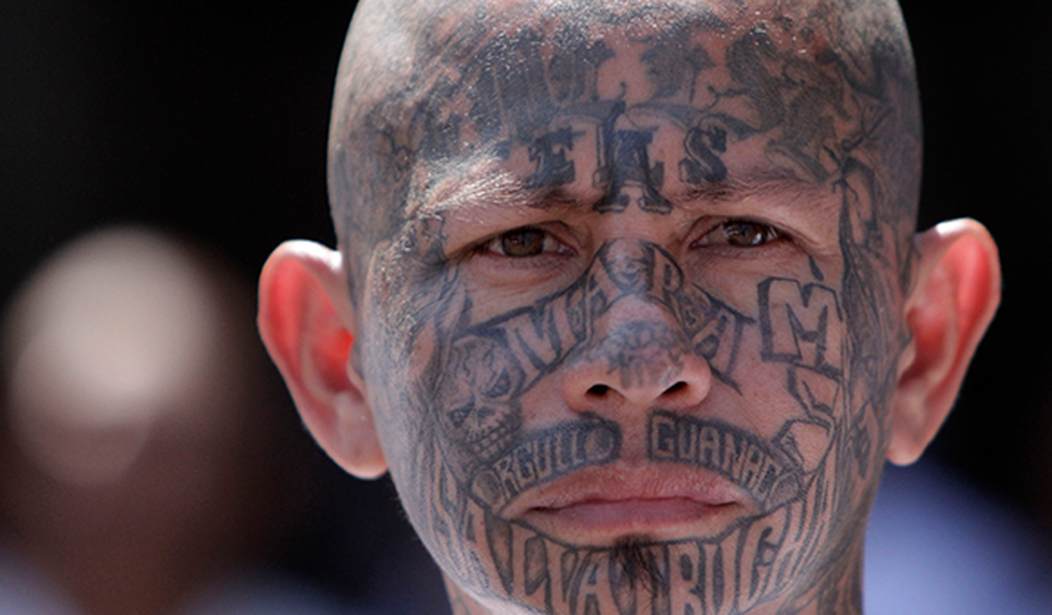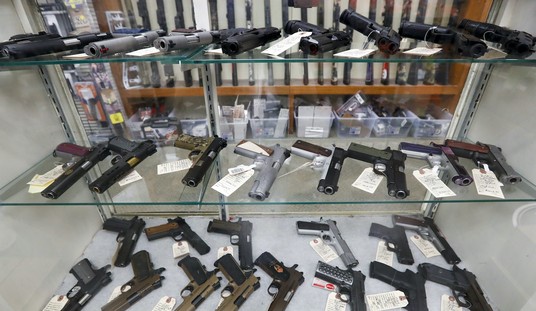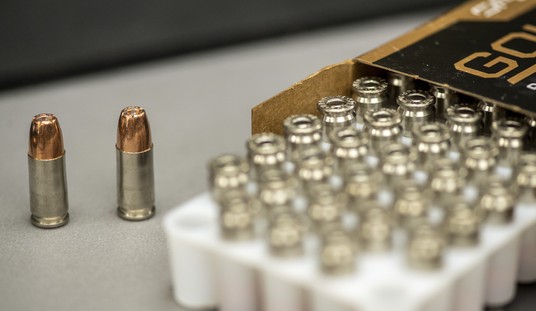One of the things we’ve known for some time is that gang violence is a significant driver of violent crime, particularly homicides. If we want to reduce the pressure for gun control, we should work to reduce violence from gangs.
It just makes sense.
However, before you can address something, you need to understand it, and gangs aren’t what they were back when I was in high school.
During the 1990s, gangs were a significant issue, one plaguing many inner-city schools. However, some of that was kept in check because gangs were geographically centered. If a school only had one gang in it due to how the zoning worked out, there was less of a chance of violence.
However, gangs aren’t like that anymore. A shooting in an Aurora, CO school has prompted a discussion of just how they’ve changed.
There’s the matter of territory. Historically, gangs such as the Bloods and Crips have laid claims to geographic areas where they exert influence and control certain criminal activities, such as drug dealing. Hildebrand said sets of those gangs were often established by people living in close proximity with one another, who would then organize crimes to make money.
Hildebrand said new Aurora gangs haven’t claimed large swathes of territory like other gangs — namely the Crenshaw Mafia Gangster Bloods of Denver’s Park Hill neighborhood — have.
“Aurora’s really been transient in the way gang members operate,” he said.
Gentrification shuffling people around the metro area could have a hand in that, Hildebrand said. But the “fracturing” of gangs and gang territory is a nationwide trend that he attributes in part to the rise of social media.
Where youths might have formed a gang with others in their apartment complex or neighborhood before, now, young people can use social media platforms to align and discuss criminal activity.
“I equate it to how businesses are working today with COVID,” Hildebrand said. “You don’t have to be standing right next to one another to talk about what your gang is going to do.”
In other words, gangs can be literally anywhere, in any school, and forced to co-exist with any other gang within that school.
Worse, though, is that it means we’re seeing multiple gangs potentially represented in the same neighborhood.
Then, of course, as noted, we have social media that allows others to keep tensions high so the parties involved never really get much of a chance to cool off. As gangs are basically an honor culture, those heightened tensions demand a response. All too often, that response comes at the end of an illegally-acquired gun.
So what’s the solution to address this gang fracturing?
I don’t think there is one. Not to address the fracturing specifically, anyway. Instead, the answer is what we were doing since the ’90s. Namely, focus on getting people out of gangs and keeping people from joining in the first place.
Further, we need to figure out how to teach conflict resolution to some of these kids who are influenced by gang culture but aren’t actually a part of one. They can be just as dangerous under some circumstances.
Either way, we can see some of how the problems are growing, which means those with the right expertise may be able to offer solutions we can all benefit from.








Join the conversation as a VIP Member